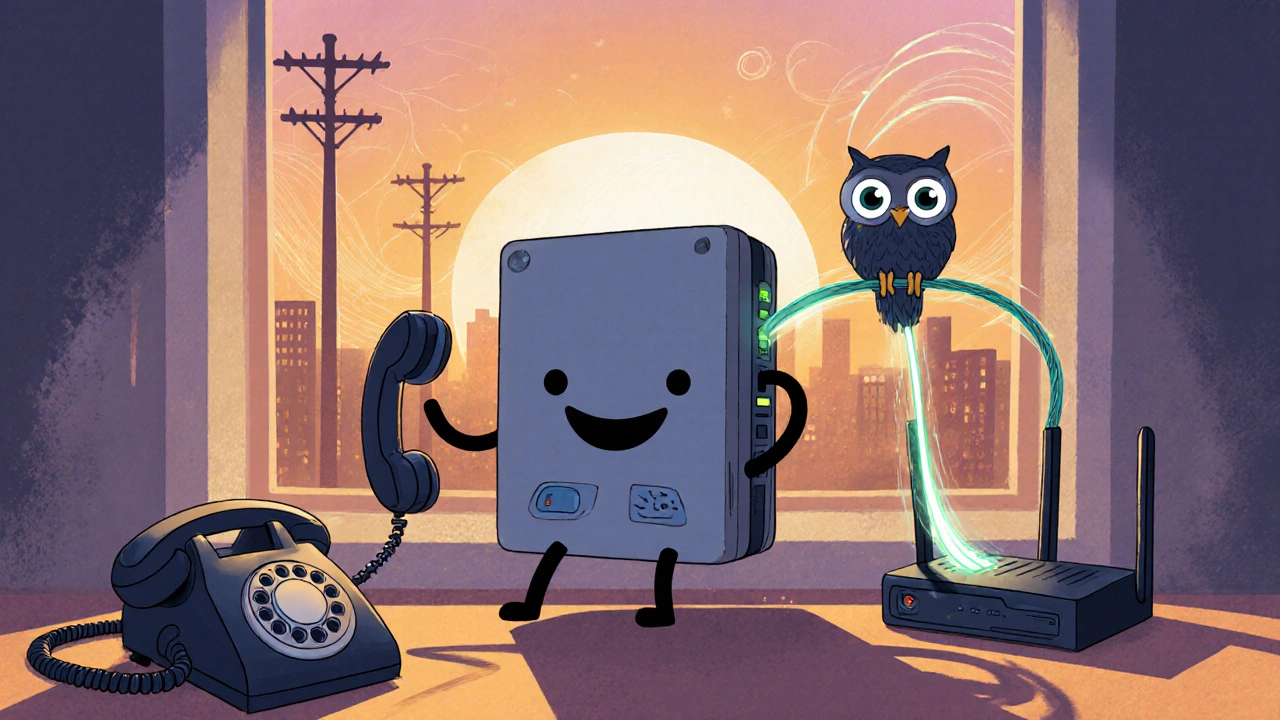PSTN Shutdown: What It Means for Your VoIP Phone System
When the PSTN shutdown, the nationwide phase-out of traditional copper-based telephone networks. Also known as the analog phone network retirement, it's not a future idea—it's already happening in many countries. If you're still using a landline that plugs into a wall jack, this change affects you directly. The old system, built in the 1900s, is being turned off because it's expensive to maintain, uses outdated tech, and can't support modern features like video calling or smart alarms. The new standard? VoIP, voice calls sent over the internet using SIP protocols. It's faster, cheaper, and more reliable—if you set it up right.
The SIP trunking, the digital connection that links your office phone system to the internet. is what replaces the old phone line. No more physical wires. No more monthly fees just to keep a line alive. You pay for what you use, and you can add features like call forwarding, voicemail-to-email, or international calling without hiring a technician. But here's the catch: if your business or home still relies on analog devices—fax machines, alarm systems, or old corded phones—they won't work after the PSTN goes dark. You need to upgrade. And the clock is ticking. In the U.S., major carriers like AT&T and Verizon have already started shutting down copper lines in some states. The UK, Australia, and parts of Europe are years ahead.
This isn't just about saving money. It's about survival. If your phone system breaks during a storm and you can't fix it because the old infrastructure is gone, you're cut off. VoIP systems with cloud backup, battery-powered routers, and mobile failover keep you connected. And with analog phone replacement, the process of switching from copper-line phones to internet-based systems., you're not just keeping up—you're getting better tools. Call quality improves. You can work from anywhere. Your phone system grows with your team.
Below, you'll find real guides on how to make this switch without panic. We cover how to test your network for VoIP readiness, what hardware you actually need (and what you can throw away), how to avoid hidden costs, and why SIP trunking is the smartest path forward. No fluff. No sales pitches. Just what works for businesses and homes making the move today.
